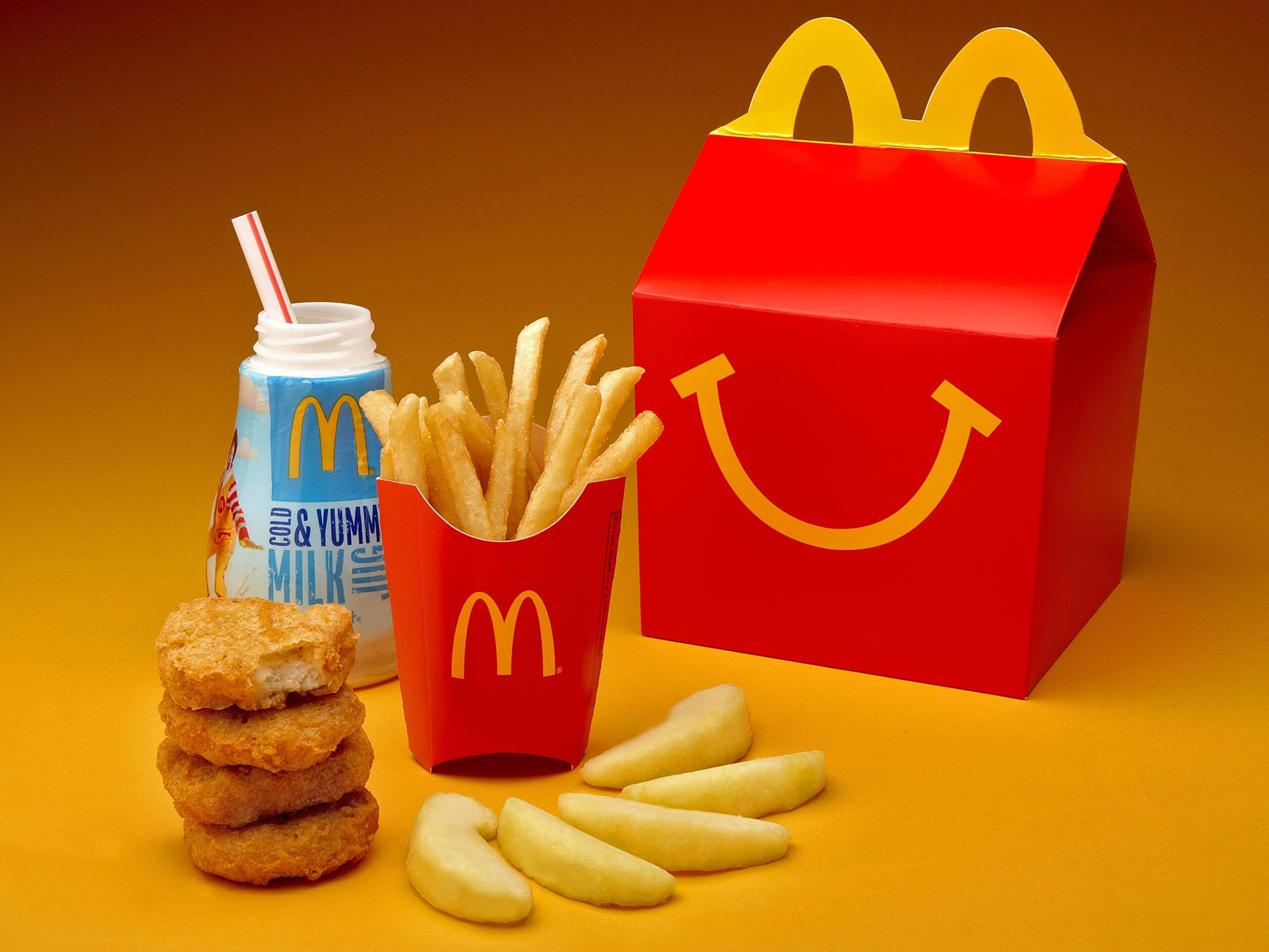The Joyful Guide to Happy Meals for Kids: Nutritious Meets Delicious!
Are you struggling to make mealtime fun and nutritious for your kids? Worry not, dear parents, because we’re here to sprinkle some joy onto your children’s plates! In this joyously crafted guide, we’ll share all the secrets to transforming everyday meals into happy meals that are both delicious and nutritious. Let’s embark on this yummy journey together!
What Makes a Meal a “Happy Meal”?
Before we dive into our colorful array of tips and ideas, let’s first understand what a happy meal truly entails. A happy meal is not just about a toy included with fast food; it’s about creating a positive eating experience for your kids that encourages healthy eating habits. It’s a delicate balance of nutrition, taste, and the all-important fun factor.
Nutrition: The Foundation of Every Happy Meal
Many of us associate the term “happy meal” with the little boxes of treats from popular fast-food chains, but at the heart of a genuinely happy meal is its nutritional value. Here’s how to ensure that every bite counts:
- Start with balance: A well-balanced plate has a little bit of everything—fruits, vegetables, proteins, whole grains, and dairy. This variety not only provides the essential nutrients growing bodies need but also keeps meals exciting.
- Get colorful: The more colors on the plate, the more appealing the meal looks, and the broader the spectrum of nutrients. Challenge your kids to create a rainbow on their plate!
- Encourage variety: Introduce new foods gradually and pair them with familiar favorites. This can prevent mealtime from becoming a battleground and turn it into a discovery channel of tastes and textures.
How to Make Eating Fun: Presentation Matters
As every savvy parent knows, sometimes all it takes to make a vegetable appealing is a dash of creativity in its presentation:
- Cut it out: Fun-shaped cutters can transform anything from sandwiches to melons into delightful forms that captivate a child’s imagination and appetite.
- Theme it up: Have a “Pirate Day” with treasure map placemats and “treasure chests” filled with healthy snacks, or a “Jungle Adventure” day with animal shaped sandwiches and a forest of broccoli trees.
- Faces and scenes: Use healthy ingredients to make faces or create edible scenes on your child’s plate. A rice-loaded spoon can be a snowman in winter or a whole-grain tortilla could be the canvas for a veggie masterpiece.
Engaging Kids in Meal Preparation: A Recipe for Happiness
Teaching kids about the joys of cooking can start with simple tasks like rinsing fruits and veggies or stirring batter. Here’s how you can get the little hands busy:
- Age-appropriate tasks: Give your children jobs based on their age and ability – toddlers can wash vegetables, while older kids can measure ingredients or chop soft foods with a child-safe knife.
- Cooking together: Set aside time each week to cook together. Create a “Family Cooking Night” where everyone gets to contribute to the meal in some way.
- Grow your food: If you have space, start a small garden. Kids are more excited to eat something they’ve helped to grow and care for.

Discover the Secrets to Crafting Wholesome Happy Meals for Your Kids
Parents, it’s time to turn the tables on what a happy meal can be. Say goodbye to the fuss and hello to fun, wholesome, and nutritious eating experiences for your little ones. Grab your apron, and let’s jump into a world where nutritious meets delicious!
The Five Pillars of Preparing Happy Meals
Creating joyous meals that are also good for your children involves a little knowledge and a lot of love. Let’s delve into the five essential things every parent should know when preparing happy meals:
- Understanding Nutritional Balance: Every plate should be a symphony of nutrients. This includes a mix of proteins, carbohydrates, and fats, along with a variety of vitamins and minerals derived from a spectrum of colorful fruits and vegetables.
- Mastering Portion Sizes: Portion control is crucial for healthy eating habits. Serve age-appropriate portions to prevent overeating. A good rule of thumb is that a serving size of any one food should be roughly the size of your child’s palm.
- Choosing Whole Foods Over Processed Options: Whenever possible, opt for whole foods. These are less likely to contain added sugars, unhealthy fats, and preservatives, making them a prime choice for a growing body and mind.
- Being Mindful of Food Allergies and Preferences: Consider any dietary restrictions your child might have, whether due to allergies or specific food preferences. Respect these when planning meals to ensure they are both enjoyable and safe for your child.
- Involving Your Child in the Meal Planning Process: When kids have a say in what they’re eating, they’re more likely to enjoy their meals. Let them help plan the week’s menu or pick out their favorite veggies at the grocery store.
Crafting Nutritious and Joyous Plates
It’s easy to see meal preparation as just another chore, but with a sprinkle of creativity, you can make it a joyful and educational experience for everyone involved. Here are some easy-to-follow tips:
- Explore Flavor Combos: Pair favorite flavors with new, healthy options to encourage a love for diverse tastes.
- Make It Interactive: Deconstruct traditional dishes and allow your children to build their own plates. This hands-on approach is both fun and empowering.
- Include a Surprise Element: Every now and then, include a small, unexpected treat with their meal. It can be anything from a new fruit to try or a homemade cookie made with healthier ingredients.
Transforming the Mood around Mealtime
Mealtime should be more than just eating; it can be an important bonding time for families. Creating a positive atmosphere can help children form happy associations with food and family time. Consider these ideas:
- Eliminate Distractions: Create a no-screens rule at the dining table to encourage conversation and enjoyment of the meal.
- Create Mealtime Rituals: Have a special song you sing or chant you recite before meals. Rituals create anticipation and a sense of belonging.
- Express Gratitude: Take a moment before eating to express thanks for the meal, teaching children to appreciate the food and effort involved in meal preparation.
Teaching Lifelong Healthy Eating Habits
Encourage your kids to listen to their bodies and eat until they’re satisfied, not full. Teach them to enjoy treats in moderation and to value the importance of fueling their bodies with good nutrients. Learning these lessons early sets the stage for healthy decisions later in life.
For more great articles please see here. For more information see here
Disclaimer
The articles available via our website provide general information only and we strongly urge readers to exercise caution and conduct their own thorough research and fact-checking. The information presented should not be taken as absolute truth, and, to the maximum extent permitted by law, we will not be held liable for any inaccuracies or errors in the content. It is essential for individuals to independently verify and validate the information before making any decisions or taking any actions based on the articles.




